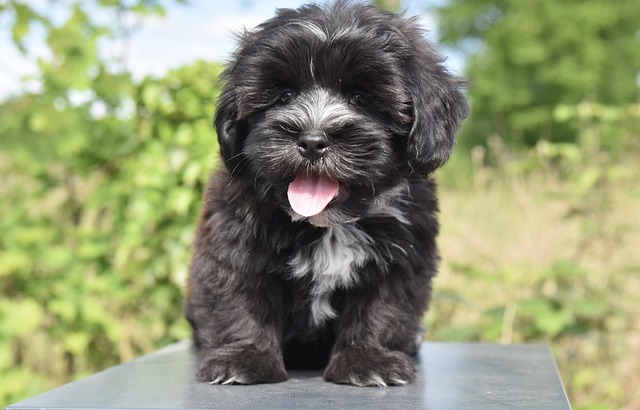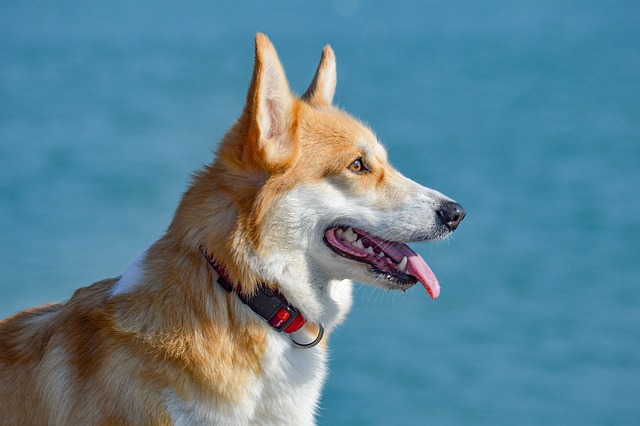You're curled up on the couch with Buddy, your usually energetic Lab mix. He feels warm, his nose is dry, and he just sniffed indifferently at his water bowl – again. That pit in your stomach? Every responsible dog owner in Brooklyn or Boise knows it. Keeping a sick dog hydrated isn't just comfort; it's critical for their recovery. When Buddy's under the weather, his body loses fluids faster, and dehydration can tank his organ function fast.
First, recognize the red flags. Beyond the obvious dry nose, gently pinch the skin on his neck. If it snaps back slowly, he's dehydrated. Check his gums – they should be slick, not sticky. Sunken eyes and lethargy are major clues. If you see these, call your vet immediately. Trying to force water on a vomiting dog or one severely dehydrated can backfire.
Assuming your vet gives the green light for home care, ditch the "just refill the bowl" approach. Get creative:
Ice Chips/Ice Cubes: Many sick dogs lick these eagerly. It’s slow, controlled hydration. Try freezing low-sodium chicken broth (skip onions & garlic!) for extra appeal.
Water Fountain Magic: The sound of flowing water often triggers instinct to drink. A simple pet fountain can work wonders, especially in your apartment where ambient noise is higher.
Broth Boost: Offer lukewarm, low-sodium chicken or beef broth (homemade or vet-approved store-bought). Pour a little over his kibble or let him sip it from a shallow dish.
Wet Food Mix-In: Stir warm water or unflavored Pedialyte (check with your vet first on dilution) into his canned food. Creating a slurry makes hydration passive.

Syringe Feeding (Carefully!): If he’s truly refusing, use a plastic syringe (no needle!) to gently drip small amounts of water or electrolyte solution onto his tongue or between his cheek and gums. Go slow – aiming for a teaspoon every few minutes – to prevent choking. Never force it down his throat.
Here’s where being a good US pet owner comes in. Hydration isn't optional care; it's part of your legal duty. Most states have animal welfare laws requiring owners to provide "necessary sustenance," which absolutely includes water. Letting Buddy become severely dehydrated due to neglect could land you in hot water. Remember those poop bag dispensers at your local park trailhead? They’re not just polite; many municipalities mandate scooping, tying directly to public health ordinances. Keeping Buddy healthy keeps the community safe too.
Positive reinforcement is key, always. If Buddy takes a lick of ice or a sip of broth, shower him with quiet praise and a gentle ear scratch. Getting frustrated or trying to force his nose into the water bowl? That’s a hard no. Not only is it ineffective and stressful (potentially worsening his condition), but culturally, physical punishment is increasingly seen as unacceptable and counterproductive to the human-animal bond we cherish here. Think like a Seattle dog trainer: reward the tiny wins.
Finally, consider your environment. In a hot Phoenix apartment, water evaporates quicker. Check bowls twice daily, even using wider, ceramic bowls to slow evaporation. On neighborhood walks with a recovering pup, carry a collapsible silicone bowl and offer small sips frequently, respecting leash laws and always yielding right-of-way to others. That quick hydration pit stop near the community mailboxes shows responsible ownership.
Seeing Buddy’s tail start a hesitant wag again is the best reward. By combining smart hydration tricks with your commitment to his welfare and community responsibility, you’re giving him the best shot at bouncing back. When in doubt? Pick up the phone – your vet is your partner in keeping Buddy healthy and hydrated.






